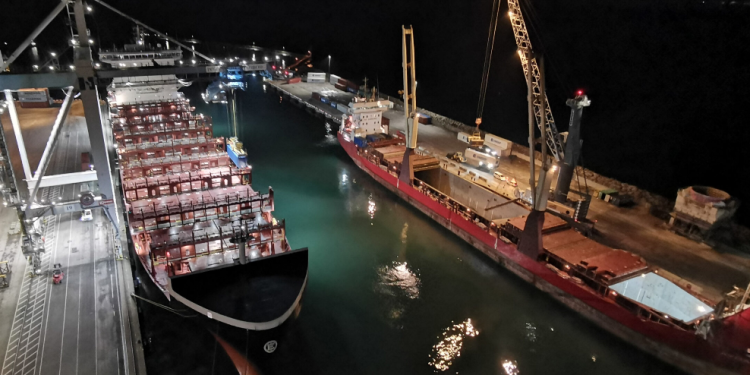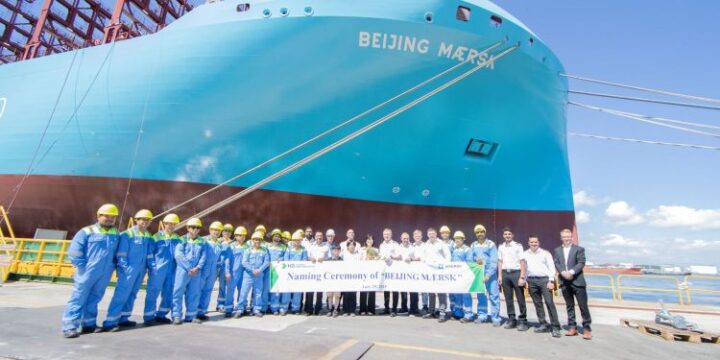August 6, 2025

The Port of Helsingborg in Sweden is now planning its first OPS (Onshore Power Supply) facility for container vessels.
As explained, with commissioning planned for autumn 2026, container vessels will be able to connect to electricity at berth in the Container Terminal using OPS technology. The planned facility will have a capacity of up to 3.5 megawatts – equivalent to the energy needs of a typical feeder container vessel and compliant with international standards. The output is comparable to the simultaneous electricity consumption of approximately 2,000 residential homes.
In 2019, the Environmental Permit Authority ruled that the Port of Helsingborg must be able to offer shore-side power connections for container vessels within seven years. With this new OPS facility, developed in partnership with Actemium, the Port will meet both that requirement and future technical demands.
Becoming the first Port in Scandinavia to offer shore power for container vessels is a major milestone in our climate transition. It demonstrates our commitment to a fossil-free future and strengthens our offer to shipping lines with high sustainability ambitions. With this investment, we are not only meeting future environmental requirements – we are leading the way
… said Bart Steijaert, CEO of Port of Helsingborg.
Facts: OPS at Port of Helsingborg
- Shore power connection for container vessels at berth
- Also referred to as OPS (Onshore Power Supply)
- Capacity of up to 3.5 MW
- Planned commissioning: autumn 2026
- Reduces emissions of fossil CO₂, NOₓ, SOₓ, hydrocarbons and particulates
- Improves the working environment through quieter operations and cleaner air
- Enables fossil-free port calls for OPS-compatible vessels
- Project delivered in partnership with Actemium
Aligned with EU environmental legislation
Starting in 2030, the European Union will require larger vessels to use shore power while at berth. Port of Helsingborg’s investment is therefore aligned with both national climate goals and upcoming European regulations. For shipping lines focused on reducing emissions, access to OPS will be an increasingly important factor in port selection.
From pilot installation to long-term solution
The first facility will be installed at the quay in the Container Terminal, where both the power infrastructure and vessel traffic make it well-suited for the technology. Port of Helsingborg already offers shore power for ferries in the City Port and is now preparing to expand capacity for the container segment.
OPS may not be the solution for every vessel type, but for those with onboard compatibility, the environmental benefits can be significant.
Being able to connect to electricity immediately upon arrival is something we’ve long called for. It significantly reduces our port-side emissions and helps us reach our own climate targets
… commented Gunnlaugur Grettisson, Managing Director, Eimskip Sweden.

